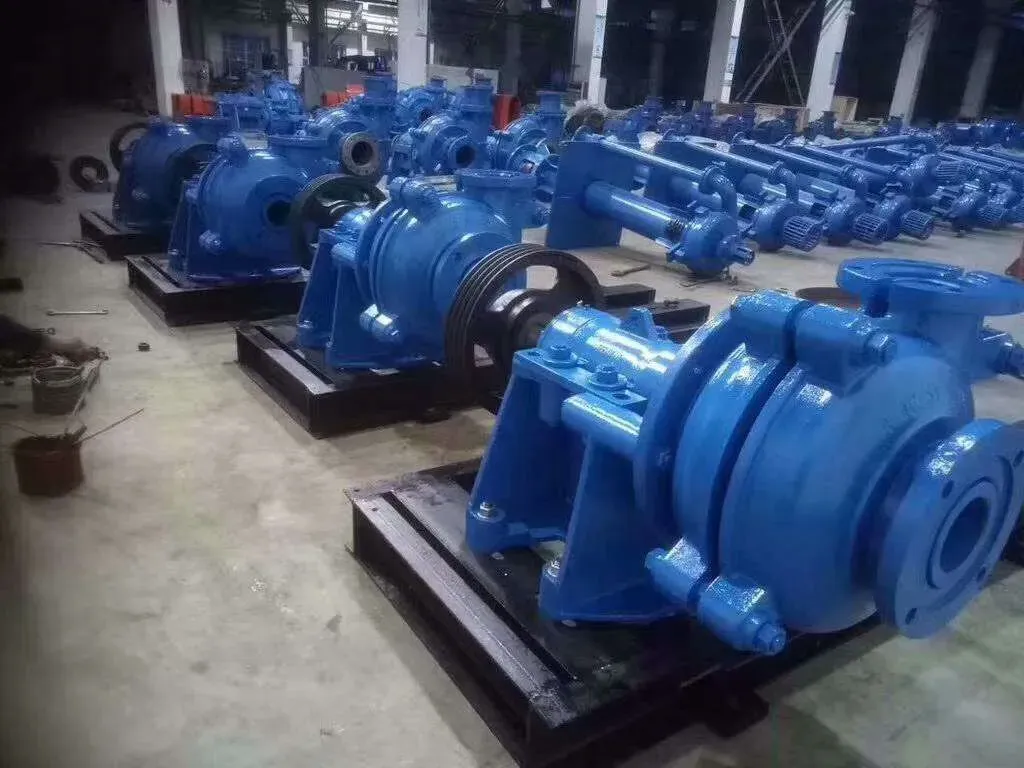Hebrew
- Afrikaans
- Albanian
- Amharic
- Arabic
- Armenian
- Azerbaijani
- Basque
- Belarusian
- Bengali
- Bosnian
- Bulgarian
- Catalan
- Cebuano
- Corsican
- Croatian
- Czech
- Danish
- Dutch
- English
- Esperanto
- Estonian
- Finnish
- French
- Frisian
- Galician
- Georgian
- German
- Greek
- Gujarati
- Haitian Creole
- hausa
- hawaiian
- Hebrew
- Hindi
- Miao
- Hungarian
- Icelandic
- igbo
- Indonesian
- irish
- Italian
- Japanese
- Javanese
- Kannada
- kazakh
- Khmer
- Rwandese
- Korean
- Kurdish
- Kyrgyz
- Lao
- Latin
- Latvian
- Lithuanian
- Luxembourgish
- Macedonian
- Malgashi
- Malay
- Malayalam
- Maltese
- Maori
- Marathi
- Mongolian
- Myanmar
- Nepali
- Norwegian
- Norwegian
- Occitan
- Pashto
- Persian
- Polish
- Portuguese
- Punjabi
- Romanian
- Russian
- Samoan
- Scottish Gaelic
- Serbian
- Sesotho
- Shona
- Sindhi
- Sinhala
- Slovak
- Slovenian
- Somali
- Spanish
- Sundanese
- Swahili
- Swedish
- Tagalog
- Tajik
- Tamil
- Tatar
- Telugu
- Thai
- Turkish
- Turkmen
- Ukrainian
- Urdu
- Uighur
- Uzbek
- Vietnamese
- Welsh
- Bantu
- Yiddish
- Yoruba
- Zulu
Telephone: +86 13120555503
Email: frank@cypump.com
נוב . 16, 2024 01:58 Back to list
'design and functionality of a double action suction pump for ...'
Design and Functionality of a Double Action Suction Pump
The double action suction pump is an innovative hydraulic device designed to enhance fluid transfer efficiency in various applications, including industrial, agricultural, and municipal sectors. Understanding its design and functionality is crucial for optimizing its performance and longevity.
Design Features
At its core, a double action suction pump operates on a unique mechanism that facilitates the movement of fluid during both the upward and downward strokes of the pistons. This design significantly increases the pump's efficiency compared to single-action pumps, which only draw fluid during one stroke.
1. Piston Mechanism The pump consists of two pistons connected to a common drive shaft. As one piston moves downwards, it creates a vacuum that draws fluid into the pump chamber. Simultaneously, the other piston moves upwards, forcing the fluid out into the discharge line. This constant action means that the pump can deliver fluid in a continuous manner, making it ideal for applications where steady flow is essential.
2. Cylinders and Valves The pump features two cylinders, each housing a piston. Each cylinder has inlet and outlet valves that control the flow of fluid. The valves open and close in synchronization with the pistons' movements, ensuring that fluid is drawn into one cylinder while being expelled from the other. This arrangement not only maximizes efficiency but also minimizes the risk of backflow.
3. Frame and Mounting The pump is typically mounted on a robust frame to withstand the operational stresses that come with high fluid pressures. The frame design often includes dampening features to reduce vibrations, which can lead to wear and tear on the components over time.
4. Material Selection The materials used in the construction of a double action suction pump are critical for its performance and durability. Common materials include stainless steel, cast iron, and high-density plastics. These materials are selected based on factors such as chemical compatibility, temperature resistance, and wear resistance.
Functionality
'design and functionality of a double action suction pump for ...'

The operational principles of a double action suction pump are straightforward yet effective. The pump's cyclical action allows for continuous fluid movement, making it a versatile choice for various applications. Here’s how it works
1. Intake Stroke As one piston descends, the pressure in its respective cylinder decreases. This pressure drop opens the inlet valve, allowing fluid to fill the chamber. Meanwhile, the other piston rises, increasing the pressure in its cylinder and closing the outlet valve.
2. Discharge Stroke When the descending piston reaches the bottom of its stroke, the inlet valve closes. The upward stroke of the other piston then forces the fluid through the outlet valve into the discharge line. This action continues in a repetitive cycle, providing a steady flow of fluid.
3. Self-Priming Capability Double action suction pumps can often handle varying viscosities of fluids and are capable of self-priming. This means they can draw fluid from a source even when the source level is below the pump, making them highly efficient for diverse applications such as dewatering, irrigation, and municipal water supply.
4. Maintenance Needs Regular maintenance is essential to ensure the longevity and performance of a double action suction pump. Routine checks should include inspecting seals, replacing worn-out valves, lubricating moving parts, and ensuring that all connections are secure. This proactive approach helps to prevent breakdowns and maintain operational efficiency.
Applications
The versatility of double action suction pumps allows them to be utilized across numerous fields. In agriculture, they are used for irrigation systems, ensuring a consistent water supply. In industrial settings, they serve critical functions such as transferring chemicals or slurries. Municipalities rely on these pumps for sewage and wastewater management, highlighting their importance in maintaining public health and sanitation.
In conclusion, the design and functionality of double action suction pumps make them indispensable in various applications. Their efficient operation, continuous flow capability, and adaptability to different fluids underscore their significance in modern fluid management systems. Understanding these attributes enables users to harness their potential, ensuring optimal performance and reliability in fluid handling tasks.
-
China Small Slurry Pump Manufacturer - High Efficiency Small Centrifugal Slurry Pumps for Mining & Industry
NewsJun.24,2025
-
Custom Drilling Mud and Slurry Pump Supplier - High Efficiency, Tailored Solutions
NewsJun.10,2025
-
Supply Vertical Submersible Sewage Pump High-Efficiency WQ/QW Pumps Supplier
NewsJun.10,2025
-
Premium Sewage Ejection System & Pumps Efficient Waste Removal
NewsJun.09,2025
-
Premium Wholesale Slurry Pump Impellers Durable & Efficient Slurry Handling
NewsJun.09,2025
-
Top Sewage Pump Companies Durable Industrial Solutions for Efficiency
NewsJun.09,2025










